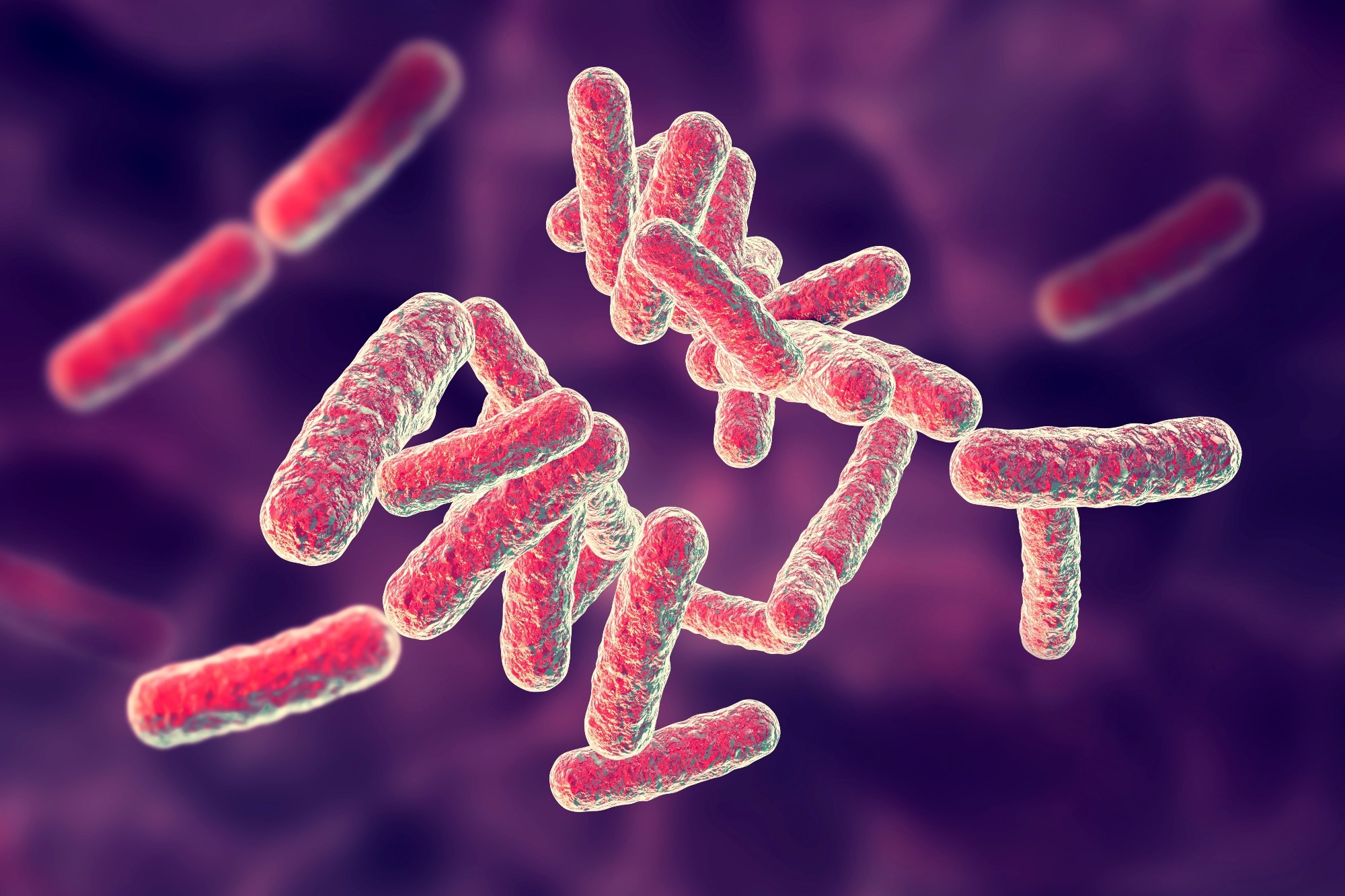In a recent article published in Nutrients, researchers discuss the potential of probiotic- and prebiotic-based interventions for managing cardiovascular diseases (CVDs).
 Study: Probiotics and Prebiotics in Cardiovascular Diseases. Image Credit: Kateryna Kon / Shutterstock.com
Study: Probiotics and Prebiotics in Cardiovascular Diseases. Image Credit: Kateryna Kon / Shutterstock.com
An overview of CVDs
CVDs, which include coronary heart disease (CHD), peripheral vascular disease, and cerebrovascular disease, remain the leading cause of death worldwide. As CVDs progress, various other organ systems are at risk of damage, as demonstrated by the increased risk of chronic kidney disease, obesity, type 2 diabetes mellitus, insulin resistance, and hypertension associated with CVDs.
Considerable research has indicated that the gut microbiota during early life influences the risk of CVD later in life. In fact, several in vivo studies have confirmed the efficacy of prebiotics, probiotics, and postbiotics in reducing the risk of CVDs; however, further research is needed to establish these findings in humans.
Targeting the gut microbiome
Despite the widespread availability of medications to treat CVDs, these agents are often associated with limited efficacy and considerable side effects. Thus, there remains an urgent need to identify novel strategies for treating CVDs.
Prebiotics are non-digestible foods that promote the growth of beneficial gut bacteria. Comparatively, probiotics are live microorganisms with health benefits, whereas postbiotics are probiotic-derived bioactive compounds that also provide various physiological benefits.
Previous studies have reported the potential benefits of targeting the gut microbiota through dietary or pharmacological interventions to manage the risk of CVDs. Moreover, these studies suggest that pre- and probiotics can protect against CVDs by restoring functional and structural changes in the gut microbiome to ultimately maintain immune homeostasis. Likewise, improved gut barrier function, balancing a dysbiotic gut microbiota, and attenuation of oxidative stress are some of the protective effects associated with microbiota-targeted strategies.
Sources of pre- and probiotics
Aside from supplementation, various functional food products comprise bioactive compounds like pre- and probiotics that have been shown to prevent the development of various cardio-metabolic disorders ranging from obesity and hyperlipidemia to hypertension.
Propyl propane thiosulfinate (PTS) and propyl-propane thiosulfate (PTSO), for example, are two bioactive organosulfur compounds that can be found in vegetables like Allium and are associated with protective effects on metabolic health.
The administration of PTS has been shown to prevent obesity, as well as the weight gain and metabolic dysfunction that can arise when consuming a hypercaloric diet. PTS may also reduce inflammation, improve glucose and hepatic homeostasis, regulate lipid metabolism, and improve the thermogenic activity of brown adipose tissue.
Mitigating CVD risk factors
Gut dysbiosis has been implicated in the development of hypertension and hypercholesterolemia, both of which are conditions that increase the risk of future CVDs. In an effort to regulate the intestinal microbiota to mitigate these disorders, several studies have investigated the potential utility of probiotic supplementation.
Enterococcus faecium strain 132 and Lactobacillus paracasei strain 201 are both probiotic strains that have been shown to reduce cholesterol in vivo. In these studies, these strains reduced liver inflammation, regulated the expression of genes related to cholesterol metabolism, reduced fat accumulation, and reduced the abundance of certain bacterial strains that are related to hypercholesterolemia.
Lactobacillus fermentum CECT5716 and Bifidobacterium breve CECT7263 also appear to reduce high blood pressure, which is a significant risk factor for both renal and CVDs. The anti-hypertensive effects of these strains may be attributed to their activation of Toll-like receptor 7 (TLR7), which is associated with hypertension, endothelial dysfunction, and gut dysbiosis.
What are the effects of antibiotics?
Although antibiotic usage, particularly when prescribed in excess, can increase the risk of gut dysbiosis, these pharmaceutical agents have been shown to mitigate hypertension. Doxycycline, which is a broad-spectrum tetracycline antibiotic, is associated with anti-hypertensive effects and improves endothelial function.
By directly interacting with microorganisms within the gastrointestinal tract, doxycycline appears to improve intestinal barrier function, in addition to its anti-inflammatory and immunomodulatory effects. This antibiotic also reduces endotoxemia and vascular dysfunction, both of which are prominent in hypertension, by reducing the production of reactive oxygen species (ROS), as well as increasing the infiltration of T-regulatory cells and interleukin 10 (IL-10) from the vascular wall.
Conclusions
Directly targeting the gut microbiota through dietary or pharmacological interventions can lead to significant improvements in cardiovascular health, thereby reducing the risk of disease. The findings from this review emphasize the notable health benefits of prebiotics, probiotics, and antibiotics on the pathogenic mechanisms of obesity, hypertension, and hypercholesterolemia.